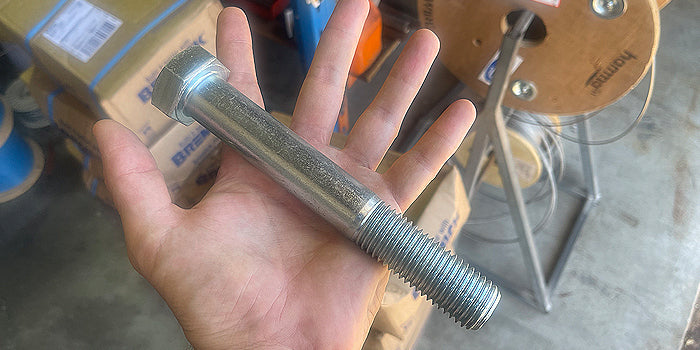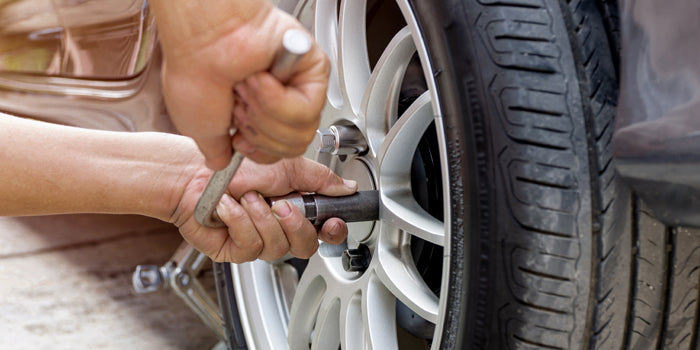How to Stop Your Outdoor Fasteners Corroding
Whether you’re a professional builder or a D.I.Y enthusiast, if you’ve ever built something, you will know the essential role of fasteners in any construction project. You will also be aware of the detrimental consequences of corrosion on steel elements outdoors. Outdoor steel elements, including fasteners, are faced with corrosion due to elemental conditions such as rain, dirt, bacteria or even electrical current. Corrosion is a long-term problem that will eat away at the integrity of your fasteners, and subsequently the integrity of your structure. When undertaking a project, it is essential to select fasteners that are suitable for the environment they will be functioning in. For fasteners on the Sunshine Coast, drop into Bolt-In Co at Wises Road for all of your nuts and bolts needs. We also ship Australia-wide, and offer great prices on a wide range of high quality components.
Different Types of Outdoor Fasteners

Fasteners are hardware designed for joining (or fastening) two or more items together. Common examples of outdoor fasteners include nuts, bolts, hooks, brackets, clamps, nuts, washers, rivets bolts, anchors, screws, and nails.

Corrosion on the Sunshine Coast
Corrosion is a natural process which causes the deterioration of metal, generally due to exposure to a various range of elements. One of these is moisture, and another is salt. In a coastal area such as the Sunshine Coast, the outdoor environment is highly corrosive due to high humidity (moisture), rainfall, and south-easterly winds blowing salt-laden air inland. The closer you are to the beach, the greater the amplification of these conditions.
How to Stop Your Outdoor Fasteners Corroding

The key to preventing your outdoor fasteners corroding is awareness of the issue and purchasing a suitable grade of steel for the project - for example, a grade with corrosive resistance. The recommended standard for residential construction of corrosion resistant grade is SS316 steel, a combination of materials that is granted its resistant properties from the inclusion of the molybdenum alloy. In comparison with other grades of stainless steel, SS316 has a stronger resistance to corrosion. While 316 steel is one of the strongest and most resistant materials, the
appropriate maintenance must be applied in conjunction to avoid corrosion on outdoor appliances.
Practicing Maintenance on Your Outdoor Fasteners

The next best thing in addition to selecting an appropriate grade of steel for your fasteners, is the practice of longevity. Practicing maintenance and cleaning your fasteners is important to monitor the integrity of your structure over the long term. An affective way of preventing your steel from corroding is the use of insulation or a protective coating. A protective coat could include simply painting your outdoor fasteners. Cleaning your stainless steel is essential to remove the build-up of salts and grime that will kick off corrosion on your fasteners.
In Conclusion
Having looked at corrosion and its consequences, its clear that corrosion resistant steel is the primary component to prevention. Here in Maroochydore on the Sunshine Coast our local team of experts have the ability to provide you with the highest quality fasteners, for the best price. Come visit us on Wises Rd at Bolt-In.co Sunshine Coast!




















